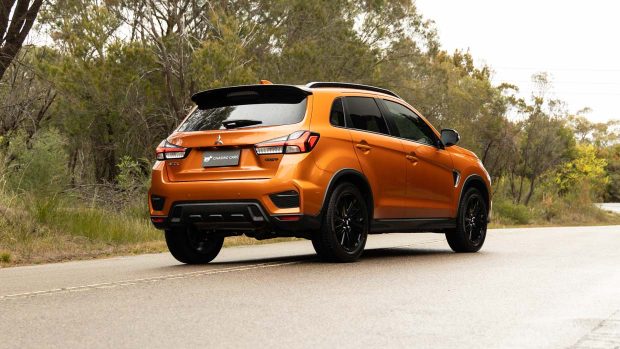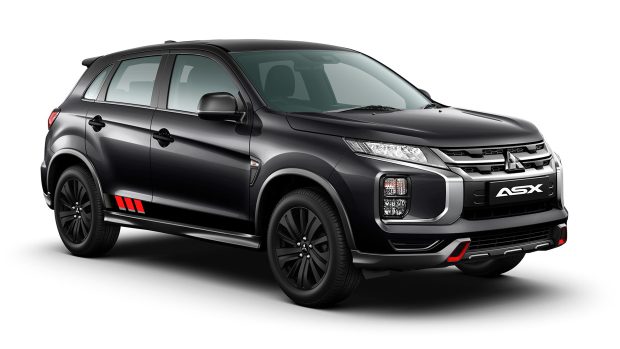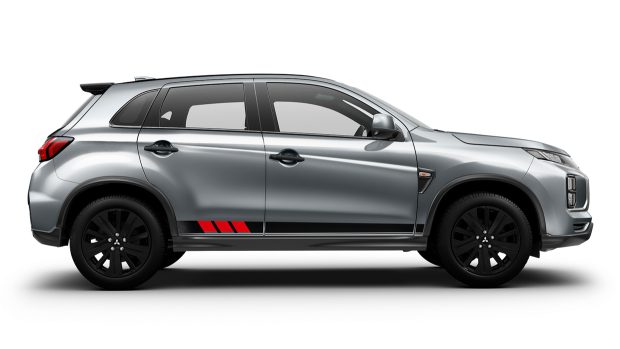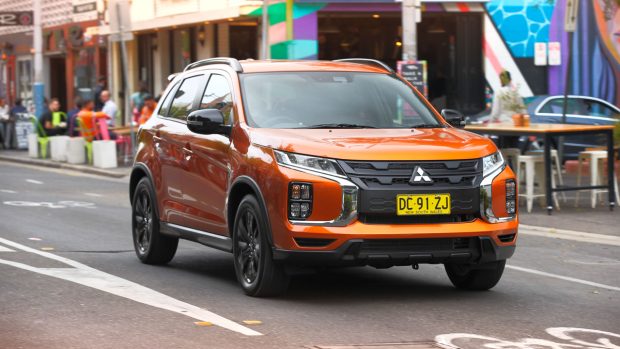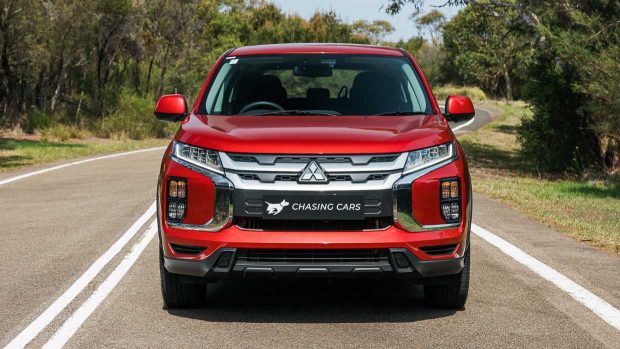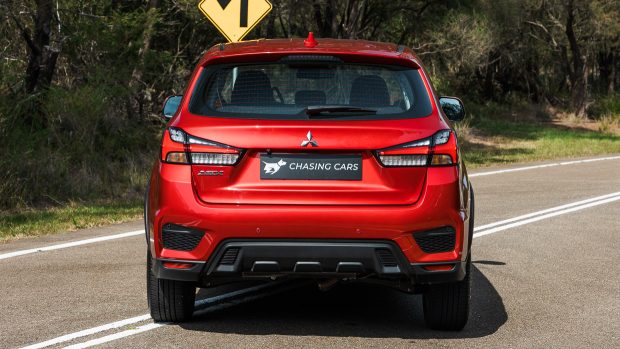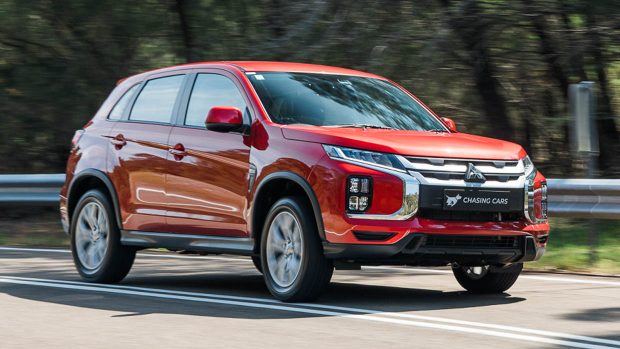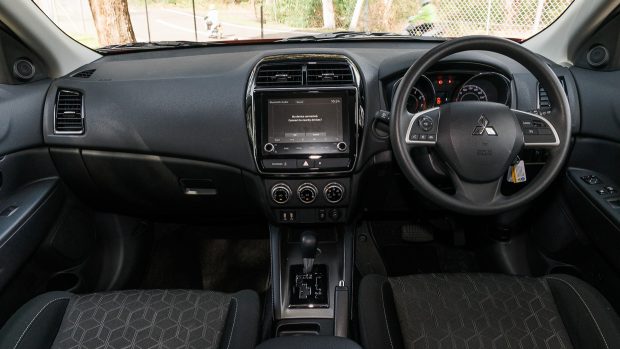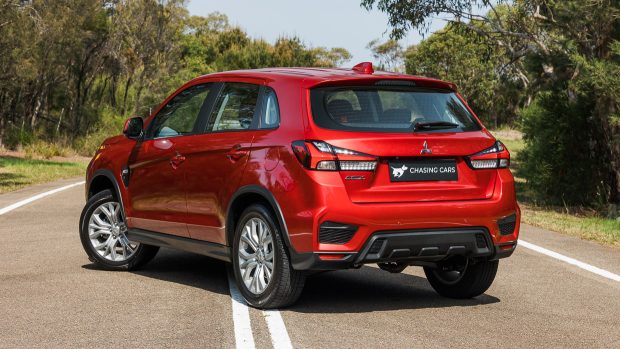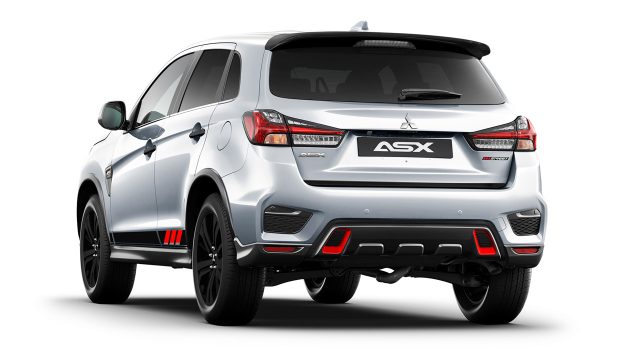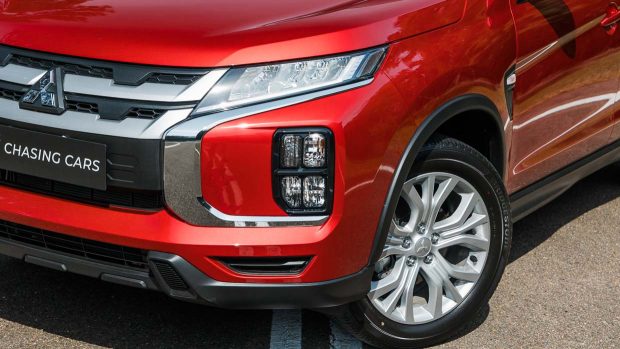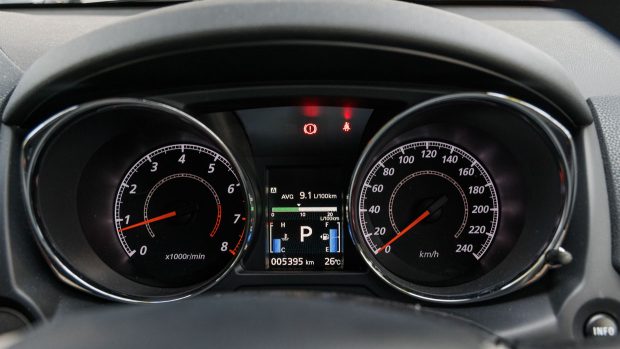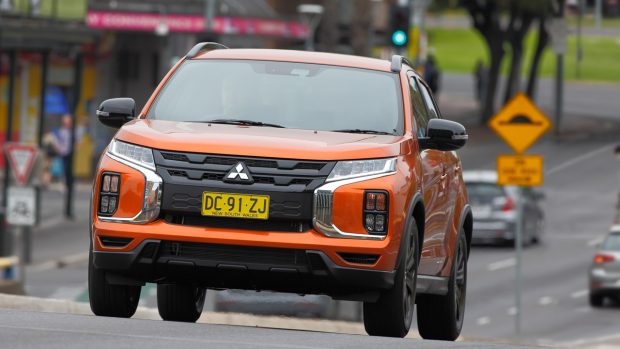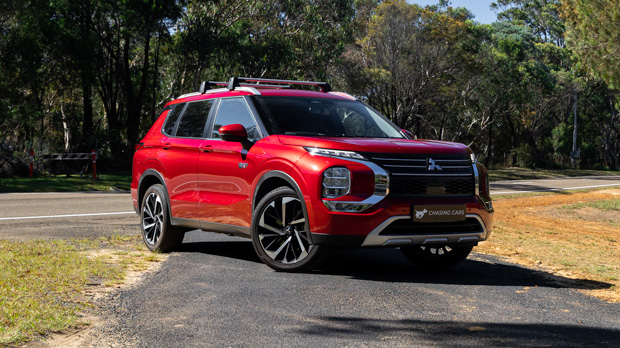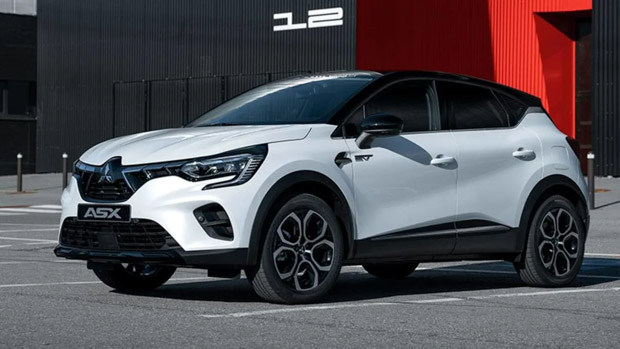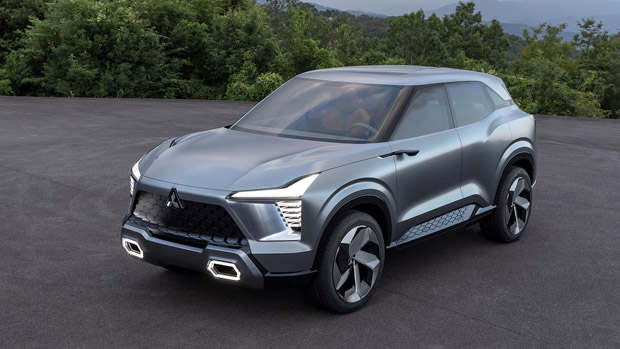-
Car Reviews
- Car News
-
Car Comparisons
Latest comparisons
- Chasing Deals
The stalwart small SUV is about to undergo its latest update, gaining safety tech and a new optional accessory pack
One of the oldest vehicles currently on sale in Australia, the ASX small SUV will soon receive a small update with Mitsubishi Australia announcing a new optional accessory pack and additional standard safety features for certain grades, as well as a bump in prices across the board.
The current first generation of the Mitsubishi ASX has been on sale in Australia since 2010, making it one of the longest-running single model generations.
Over that time, the ASX has had a number of updates as well as continued speculation on when, whether and how the current model might be replaced. But even still, the ASX in its current form remains one of the most popular small SUVs in Australia.
In that time, and following the discontinuation of the Mirage micro car, the ASX has also become the entry-point into the Mitsubishi range in Australia, with a starting price of $24,490 for the base model GS manual.
Within this article you’ll find out what the Mitsubishi ASX costs in each grade, what equipment you get for the money, the key facts you need to know and what’s to come for the ASX in an important segment for Australian buyers.
The updates for the Mitsubishi ASX 2024 are two-fold.
Firstly, mid-spec ES and MR grades will gain Lane Departure Warning as standard. The active safety feature will sound an audible alert and show a warning on the multifunction display screen if the vehicle drifts from its lane while the turn signals aren’t operating.
Secondly, a new ES grade ‘Street’ accessory pack will debut as a $2500 option for the regular ES. The ‘Street’ pack – which will only be available on cars specified in ‘white diamond’, ‘sterling silver’ or black – is ‘designed for the Australian market’ and includes additional features on top of the ES grade.
ES Street accessory pack includes:
Production of the MY2024 ASX has already begun as of last month.
The Mitsubishi ASX range consists of six grades in Australia – GS, ES, MR, LS, GSR and Exceed.
It currently sits amongst an SUV only lineup from the Japanese brand which also includes the midsize Mitsubishi Outlander, the large Pajero Sport, and fellow compact SUV, the Eclipse Cross.
There are two engines available for the ASX depending on grade, as well as the choice of a five-speed manual transmission or continuously variable transmission (CVT) in entry-level GS spec, with the CVT auto the only option on all grades above.
Powering the GS, ES, MR and LS grades is a 2.0-litre naturally aspirated four-cylinder petrol engine producing 110kW of power and 197Nm of torque. The top spec GSR and Exceed grades gain a more powerful 2.4-litre naturally aspirated four-cylinder petrol engine making for 123kW and 222Nm. All ASX models come with front wheel drive regardless of grade.
Fuel economy for the ASX is quoted as 7.7L/100kM for the manual GS, 7.6L/100kM for the 2.0-litre with CVT transmission, and 7.9L/100kM for the 2.4-litre.
The ASX is covered by Mitsubishi’s capped price servicing with 15,000 or 12 months scheduled intervals and all grades are backed by Mitsubishi’s 10-year warranty.
The catch is that it’s limited to 200,000 kilometers and owners need to have the vehicle serviced at a Mitsubishi dealership every single time, otherwise the coverage only lasts for five-years or 100,000km, whichever comes first.
Eight exterior colour options are available for the ASX range including White, White Diamond, Sterling SIlver, Titanium, Black, Lightning Blue, Red Diamond and Sunshine Orange.
Sunshine Orange is only available on the ASX GSR, Exceed and MR.
The small SUV measures in at 4365mm in length, 1810mm in width and 1640mm in overall height.
Mitsubishi ASX boot space is a decent 393-litres.
The Mitsubishi ASX does not have an up-to-date crash test rating, owing to its age.
While the SUV has in fact been crash tested twice by independent safety testing body ANCAP – scoring the maximum five stars in both 2010 and 2014 – those results are deemed too old to be relevant.
GS safety features:
ES and above safety features (in addition to GS):
LS and above safety features (in addition to ES):
All prices listed are before on road costs.
While car dealers will no doubt welcome an updated model, the ASX continues to perform for Mitsubishi.
In September this year the ASX sold 1167 units in Australia, coming in a close fourth in its segment. That’s behind the MG ZS (2528), Hyundai Kona (1218) and Mazda CX-30 (1205) but ahead of the Subaru Crosstrek (1134), GWM Haval Jolion (974), Kia Seltos (936), Volkswagen T-Roc (900), Mitsubishi Eclipse Cross (781), Nissan Qashqai (691), Chery Omoda 5 (624), Toyota Corolla Cross (650) and Toyota CH-R (444).
The ASX was also Mitsubishi’s second most popular vehicle last month behind the Outlander midsize SUV which sold 2612 units.
Year to date the ASX has sold 6862 units, compared to 9205 at the same point last year.
In further Mitsubishi ASX news, only this year did Europe receive a new generation of the vehicle based on the Renault Captur. This model-sharing arrangement marked a new chapter in the union between Renault and Mitsubishi Motors, with the new car largely identical to the Captur mechanically speaking.
At the time, the ‘new ASX’ was only confirmed for the European market, while the current generation still sold in Australia is so old that it was launched long before Mitsubishi’s actual acquisition by Renault and Nissan.
However, the vehicle is inevitably getting closer to the end of the first generation’s run, with Mitsubishi having previously told Chasing Cars that further news would be announced by the end of 2023.
While there are no confirmed plans for a new generation in Australia as yet, last month we speculated what could end up replacing the ASX.
Previously, Mitsubishi has considered the option of model-sharing with the Captur, as per the brand’s European strategy. However, there is another replacement option in the Mitsubishi xForce – previously known in concept form as the XFC – which was revealed for ASEAN markets this year.
Neither option would be seamless – the Xforce currently utilises a 77kW/141Nm 1.5-litre naturally aspirated four-cylinder petrol engine, figures which are down considerably on the current ASX’s output. Not only this, but safety and emissions levels for the xForce aren’t at a level to comply with the Australian market.
When it comes to model-sharing the Renault Captur, there also exist a few problems – the Captur technically plays in the ‘light SUV’ segment with smaller dimensions compared to the ASX. Not only this, but the Renault also retails at a significantly higher price in Australia, kicking in at $33,000 and topping off at $41,300 for the top-spec RS Line grade.
Time will tell what’s to come for the Mitsubishi ASX.
Latest news
About Chasing cars
Chasing Cars reviews are 100% independent.
Because we are powered by Budget Direct Insurance, we don’t receive advertising or sales revenue from car manufacturers.
We’re truly independent – giving you Australia’s best car reviews.
